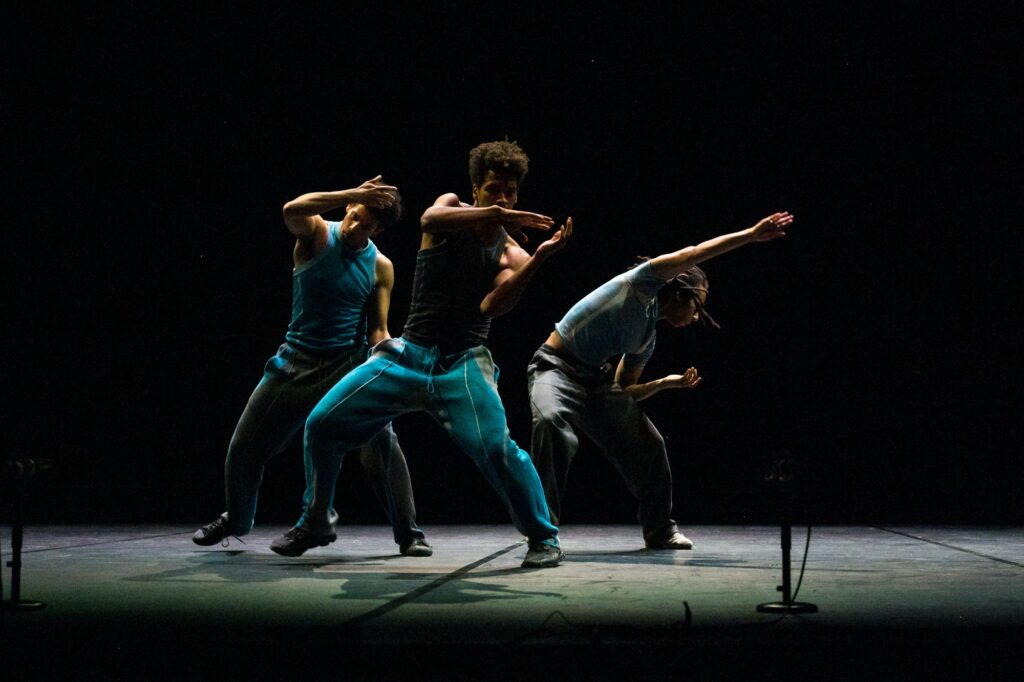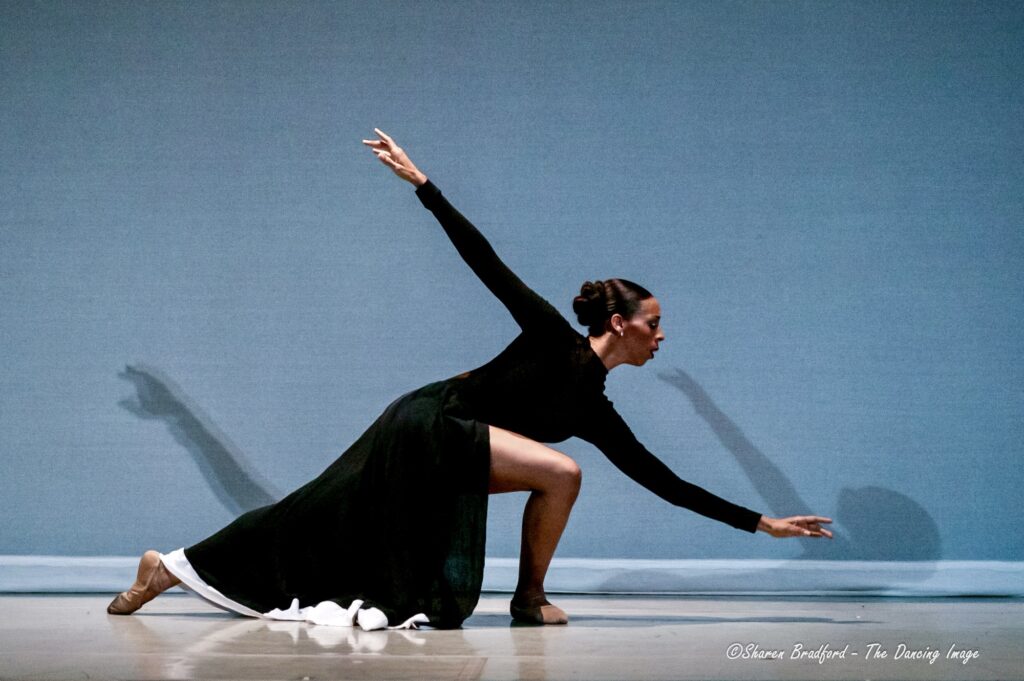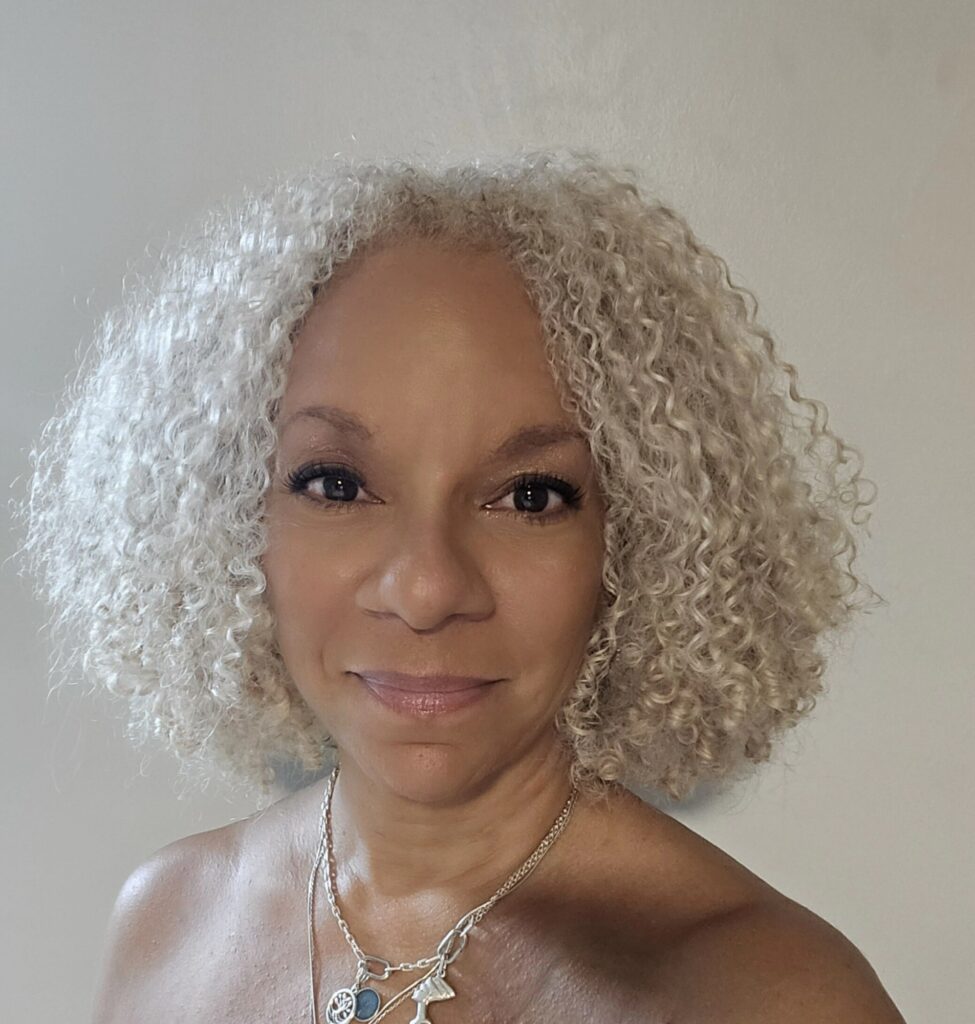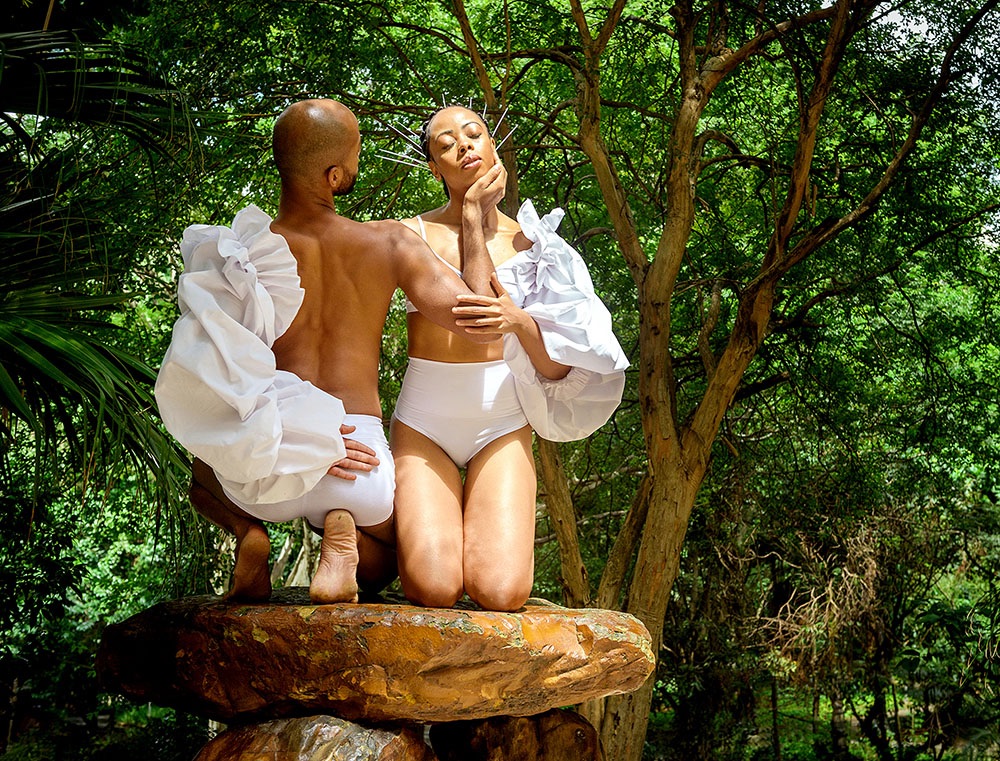Running from 29 April – 17 May, Let’s Dance International Frontiers (LDIF), the annual Leicester-based festival for electric and dynamic dance, returns in 2025 with a striking programme of work celebrating and spotlighting the voices of the African, African Caribbean and Latin American Diaspora.
We sat down with some of the artists presenting work at LDIF 2025 to discover more.
Q: Where did you train and how do you describe your own style or practice?
Liam: My name is Liam Francis. I trained at London Studio Centre and my current choreographic practice involves finding hybrid movement languages that draw from the multitude of dance styles I trained in, which include street dance, ballet, contemporary and modern dance.
Melissa: I’m Melissa Young, a proud Honduran-American based in the United States. I danced with Dallas Black Dance Theatre for 11 years then moved up the ranks to become Artistic Director in 2018. I’m thrilled to be attending Let’s Dance International Frontiers for the very first time!
Claudia and Roges: I’m Cláudia Nwabasili
and I am Roges Doglas. We are Cia Pé No Mundo Dance Company from Brazil. Our dance language is based on practical and theoretical research on the dialogue between Brazilian African Indigenous manifestations and contemporary dance.
Claudine: I’m Claudine Carter Pereira, born and raised in Freeport – Grand Bahama Island in The Bahamas, which is where I developed my love for dance.
I was fortunate to attend the Joffrey Ballet School training programme in New York City, and while ballet continues to be my first love, I’ve also trained in various other techniques, including jazz, African, tap, and in my 20s and early 30s, I developed a love for the Horton technique through my experience as a performing artist.
Several years later, I decided that wanted to get some more training in from a teaching perspective, so I participated in the two week Horton Pedagogy workshop at the Ailey School with Ana Marie Forsythe, and this workshop covered beginning level Horton instruction as well as intermediate and advanced level material. Additionally, I participated in Progressing Ballet Technique training, also known as PBT, where I have maintained my Level 3 certification. Lastly, and most recently, I participated in Simonson Jazz Technique teacher training program where I obtained my beginner level certification. I currently teach ballet, Horton, PBT (Progressing Ballet Technique), Simonson Jazz, and beginner level tap classes to students ages teens through adults.

Q: Can you tell us about the work you will be presenting at Let’s Dance International Frontiers 2025?
Liam: The work I’m presenting is called A Body of Rumours. It is quartet made for three dancers and one sound artist. The stage is lined with microphones that are picking up the sounds of the dancers’ bodies and the sound artist uses these sounds to create a live composition that evolves in tandem with the dance.
Melissa: I’ll be teaching a Horton Technique Masterclass and presenting a talk at the conference. In the 1930s and 40s, dancer/choreographer Lester Horton developed a dance technique based on Native American dances, anatomical studies and other movement influences. He was also one of the first choreographers in the US to insist upon racial integration in his company. His work has influenced many companies over the years and is still relevant to today’s dance world.
Claudia and Roges: We are very excited to be invited back to Let’s Dance International Frontiers 2025. We were here two years ago and this year it’s a great opportunity to share our research as well as our performance with audiences and delegates.

Claudine: I have been fortunate to maintain dance in my life as both a performing and a teaching artist while continuing my career in forensic science. I started out as crime laboratory technician with Baltimore City Police Department and then moved to South Florida to pursue a career as a latent print examiner with the Broward Sheriff’s Office, where I’ve been employed for over 25 years and I’m currently the crime lab director.
I will be participating in the Dance Dialogue Session, a conversation about my life as forensic ballerina, where I will discuss my journey as a forensic scientist and the intersection of dance throughout that journey.
Q: The theme for the festival is Intersections: Diasporic Dialogues. What are you hoping will be explored through the interpretation of this theme?
Liam: With the encouragement of festival’s theme Intersection: Diasporic Dialogue, I plan to dive deeper into my own choreographic practice of creating hybrid movement languages and explore how I can hold the multitude of dance styles I’ve trained in in equal regard whilst also encouraging overlap and intersection between them.
Melissa: With a vast number of international participants, I hope we’ll all learn new takeaways that will have a huge impact, and I hope we can fully appreciate that all of our collective efforts is key to being vibrant citizens and cultural ambassadors of the world.
Claudia and Roges: It’s an amazing opportunity to exchange ideas and practice with artists from around the world and together to think about our ancestry in our work and our lives too.
Claudine: I am eager to explore how Diasporic narratives and artistic forms come together. I believe it creates rich and shared experiences while celebrating diverse and cultural backgrounds. Let’s Dance International Frontiers 2025 is particularly exciting for me as it’ll be my first time in the UK and I look forward to meeting and networking with dance professionals with the hope of developing some lifelong colleagues.

Q: What three things excite you about coming to LDIF for the first time?
Melissa: I’m looking forward to unexpected experiences, that I know will be rewarding, and I look forward to building new and fresh relationships.
For more information and to book, visit here.
